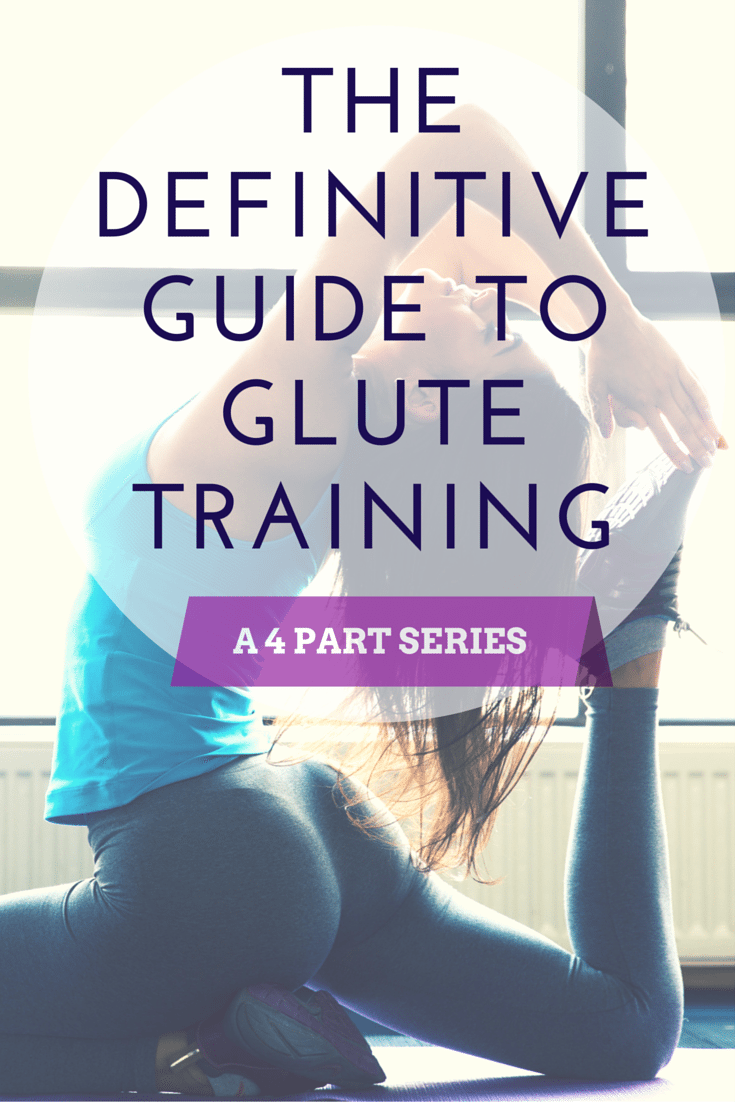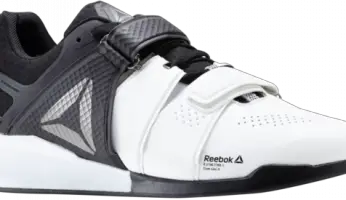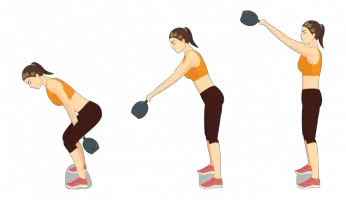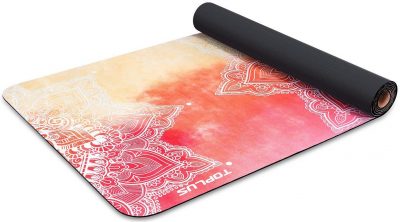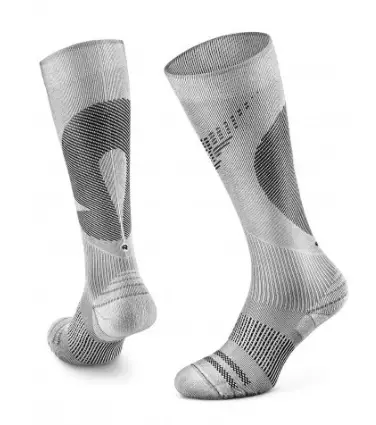The Definitive Guide to Glute Training – Part 3
updated January 1, 2019

Source: www.spscgym.com
GLUTE DOMINANT TRAINING
To develop a great butt you need to train your glutes through their complete range of movement. That is where glute dominant training comes into the picture. These are movements that involve bent knee hip extension. Whereas exercises that are quad dominant, like squats, hit the glutes predominantly down low when the hips are flexed, glute dominant moves get the whole of the gluteus maximus firing, especially when the hip are locked out in full extension. Not only will this allow you to perfectly shape your buns, it will also give you strength through the full spectrum of the rear end.
Here are six key reasons why you need to include glute dominant training in your butt training program:
- Glute dominant exercises place maximum tension on the glutes at lock-out, activating maximum neural response.
- The glutes have the best leverage for moving the thigh rearwards during glute dominant training. This allows you work the muscle through its full range of motion. It also is great for producing a ‘pump’ in the glutes.
- Performing bi-lateral and uni-lateral movements on quad dominant exercises can be quite tricky and often results in instability. With glute dominant training, however, you can safely go heavy on bi-lateral movements (both legs together) and get a great result with uni-lateral moves that are completely safe and stable.
- You can do many of these moves with just your body-weight as resistance.
- Glute dominant training can greatly assist those suffering from lower back pain. When you regularly perform these moves, you are training your body to use the glutes during hip extension rather than relying on the lower back or hamstrings. This will get you into the pattern of moving from the hips with the spine in a rigid position, which is imperative to alleviating lower back issues.
- Glute dominant exercises will make you a better sports person. Both speed and acceleration will be improved when you train your glutes through their complete range of movement. You will also improve your power.
Glute Bridge or Hip Thrust?
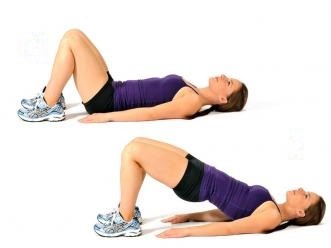
Source: www.iachiropractic.com
Many people are confused as to which of these exercises – the glute bridge or the hip thrust – they should do to build and strengthen their glutes. The answer is that you should do both. The hip thrust is the better exercise in terms of development because it puts your glutes through a full range of motion. The advantage of the glute bridge is that you are able to use a much heavier weight on it, which maximises glute activation.
The hip thrust should be the mainstay of your glute dominant workout. Every now and again, though, throw in some heavy glute bridges. The stronger you are able to get on these exercises, provided that you maintain perfect form, the better your butt will look. When you are able to hip thrust 225 pounds (for a woman) without cheating, you will have a butt that will turn heads ( and possibly cause traffic accidents).
The Barbell Glute Bridge
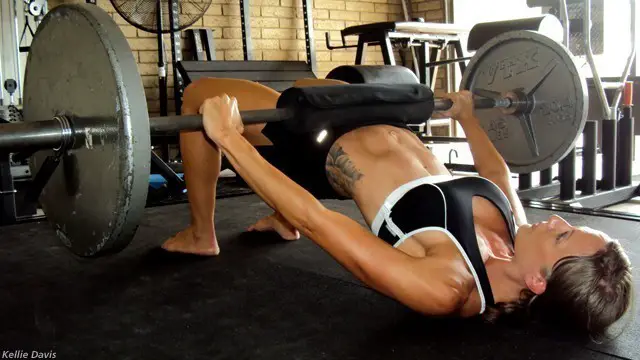
Source: www.tonygentilcore.com
The barbell glute bridge is a progression from a bodyweight glute bridge. Adding weight to this exercise helps to develop stronger glutes using a shorter range of motion. This exercise allows you to use extremely heavy weight from a stable position. Many individuals benefit from mastering this movement prior to performing the barbell hip thrust because it’s simpler with less range of motion and easier in terms of activating the glutes.
How to Do it?
- Sit straight-legged on an exercise mat with the loaded barbell straight out in front of you.
- Roll the bar over your legs up to your pelvis.
- Lie back, and lower your feet to the ground, drawing the knees to your glutes.
- Grasp the bar so that it stays on your hips as you move up.
- Pushing from the heels, lift your hips off the ground to form a line running from the top of your upper back to your knees.
- Lower back down to start position.
Tips for Optimum Performance
- Drive through your heels. You may find it easier to push your heels into the ground by lifting your toes up.
- Initiate the force of your pushing motion from the butt, not the lower spine or hamstrings. You will feel these muscles working to an extent, but they should not overcompensate for your glute muscles.
The Barbell Hip Thrust
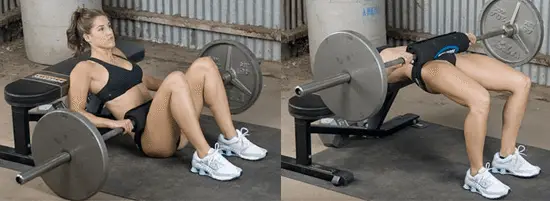
Source: www.zomt.com.au
The hip thrust is the number one hip building exercise. The knees stay bent so that the hamstrings are inhibited, forcing the glutes to work harder. Tension doesn’t let off the glutes throughout the movement like it does in other popular glute exercises. This constant tension causes a deep burn in the glutes. Muscle activation reaches a high point due to the end-range glute muscle force requirements.
The hips move through their complete range of movement, and the glutes produce incredible force as a result of the stable nature of the movement.
Since the core isn’t a limiting factor like it is in other movements, the hip thrust allows the gluteus maximus to maximise its output.Increasing glute strength and glute muscle activation will not only improve aesthetics, but it will improve the leverage and power that the glutes produce during exercise and positively impact the way your body moves and transfers force.
How to Do it?
- Kneel in front of a secure bench and then lay across the bench with your back arching over it.
- Position a loaded barbell across your hips, just above your pubic bone. Hold the bart to keep it in place while doing this exercise. You can use a towel or pad to make it more comfortable.
- Position yourself so that your hips are facing directly forward and over your knees. Your feet should be firmly planted on the floor.
- Your back should be anchored firmly across the bench, as if it were hinged there. You do not want any sliding motion with your back as you are doing the movement. The barbell should also remain static throughout this exercise.
- Breathe in, lift your hips, generating the force of the lift from your heels. Your knees should remain aligned with your toes.
- Avoid the tendency to over extend the spine or to tilt your pelvis forward.
- Push through your glutes to drive the hips up. You should be moving from the his rather than the spine. You must also avoid leaning forward.
- Lift the hips as high as you can. Ensure that your spine stays in a neutral position.
- When looked at from the side, at the top part of the movement your hips should be fully extended, while the knees remain at a right angle to the floor. The feet remain squarely on the floor throughout.
- Perform the neaive part of the movement slowly and with control.
Common Hip Thrust Errors
- Overarching the lower back – Hyper extending the lumbar spine is a common mistake. This is often seen in conjunction with an anterior tilt of the pelvis, which ic characterized by a dropping of the front of the pelvis and a lifting of the back of it.This is indicated by the front of the pelvis dropping downward and the back of the pelvis rising upward. It is often the result of weak glute muscles This will often happen if you have weak glutes. This gives rise to the tendency to replace glute force with pelvic thrust. The solution to this problem is to drop the weight on the bar. Also focus on maintaining stability in the spine.
- Improper neck alignment – Lifting your head up will cause you to flex your cervical spine. You don’t want this. Keep your neck lined up with the spine as you execute the exercise.
- Insufficient hip extension – If you load the bar with a weight you simply won’t be able to move the bar through the required range of motion. Yet, getting a full ROM is critical to building great glutes. Again the solution is to leave your ego at the door and reduce the weight on the bar.
- Rising up on the toes – Rising onto your toes is a spill-over from too much emphasis on quad dominant exercises. If this sounds like you, you need to force yourself to keep your toes on the floor. Concentrate on activating the movement through the heels. Over time, this will come naturally.
Pendulum Quadricep Hip Extension
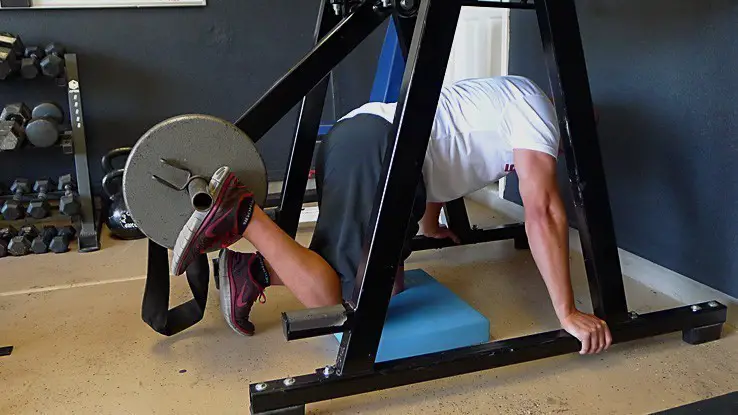
Source: www.t-nation.com
This a fantastic glute exercise that is seldom seen in gyms anymore. If your gym does have a reverse hyper machine count yourself lucky – and use it!
How to Do it?
- Get on your hands and knees beneath a reverse hyper machine. Note where the hands grip the side rails.
- Center your right foot onto the pendulum.
- Push the weight upward until your leg is in line with your upper body. Maintain a bend in the knees throughout.
- Contract the glutes at the top of the movement.
- Lower the resistance to the starting position, and repeat. Then switch legs.
- Perform the neaive part of the movement slowly and with control.
Common Hip Thrust Errors
- Maintain alignment without shifting your torso left or right or twisting.
- Focus on generating your power through the mid foot.
- Hold the side rails for support.
- Control your core by keeping it tight.
Foot and Shoulder Elevated Single-Leg Hip Thrust
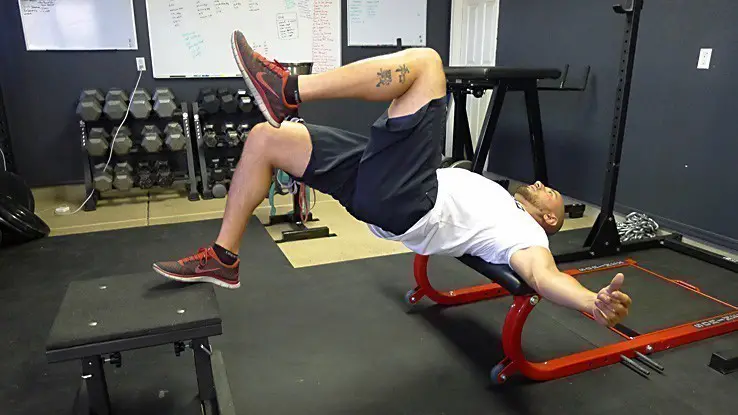
Source: www.t-nation.com
This exercise lifts the deltoids and a single foot. This not only provides a greater range of motion, it also make the exercise more intense and allows you to work uni-laterally. This builds rotar stability in the hips and effectively works the glutes. The hamstrings are heavily worked as you force them to do two things in this movement – extend the hip and stabilize the knee. This is the most challenging hip thrust variation, and advanced exercisers can always perform the variation when they can’t get to their local gym by using a couch and a chair. Just make sure they don’t slide apart in the middle of the set.
How to Do it?
- Sit on the floor with your back up against a low bench.Put the heel of your right foot on another bench that is positioned about 16 inches away.
- Lift your knee slightly so that your leg is pulled in toward the chest.
- Apply force through the heel, while lifting the shoulders onto the bench. Lift the hips up, contracting the glutes to do so. Go up until the hips are lined up with the shoulders. Your knee should be at a right angle.
- Slowly lower to the start position and repeat.
- Swap legs and do again.
GLUTE ACCESSORY EXERCISES
Glute accessory exercises involves hip abduction, hip transverse abduction, and hip rotation movements. While hip abduction movements focus more on the upper glutes, hip external rotation movements activate the entire glute.
The exercises in this category also strengthen other important hip muscles such as the hip external rotators, the gluteus medius and the gluteus minimus. These muscles are critical for proper lumbo-pelvic-hip motion during functional movement.
Band Seated Abduction
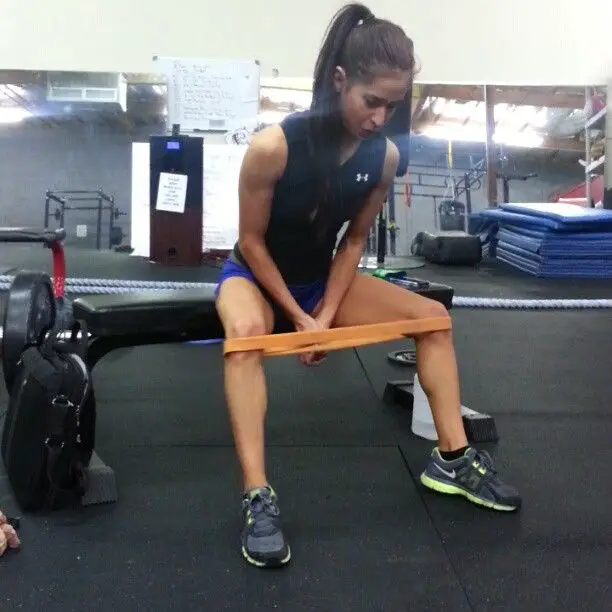
Source: www.pinterest.com
The band seated abduction works the upper glutes from a seated, hip-flexed position. This builds hip strength needed to force the knees out during squatting tasks. This exercise is very easy to perform, and when performed correctly, it produces a nice burn in the glutes.
How to Do it?
- Seated on a bench or chair, wrap a band around your leg so that it rests right below your knees. If you have a long band, wrap it twice around your legs.
- Position your feet with your knees caved inward.
- Sit up straight, and push your knees out against the band to contract the upper glutes.
- Slowly lower to the start position and repeat.
Tips for Optimum Performance
- Start with your feet wider than the knees in a knock-kneed position, and move the knees in line with your feet.
- Alternatively, you can start with your feet aligned with your knees, pushing your knees out past your feet.
- Hold the contraction for a brief moment before returning to the starting position.
X-Band Walk
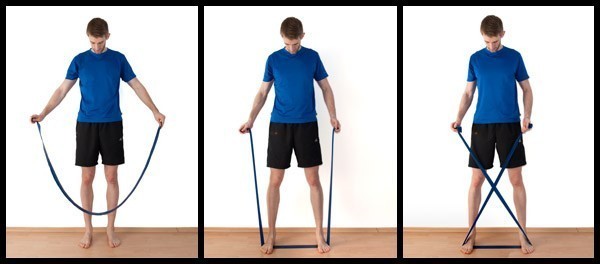
Source: www.fix-knee-pain.com
The X-Band Walk strengthens the upper glutes from a standing, athletic position that is common in sports.
How to Do it?
- Place the lower portion of the band on the floor, and step each foot on the band so that it is positioned in the middle of the foot.
- Cross the band over in front of your knees to create an X.
- Pull each side of the band up to your hips, locking your elbows into place.
- Stans with good posture.
- Keeping your leg straight, take short steps to the right for reps.
- Repeat on the left side.
Standing Cable Abduction
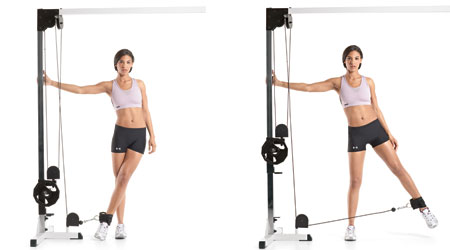
Source: www.womenshealthmag.com
The standing cable abduction targets the upper glutes and strengthens both hip abductors simultaneously. The grounded leg works isometrically, while the free leg works dynamically through a full range of motion. This is a challenging exercise shouldn’t be underestimated.
How to Do it?
- Stand with your left side against a cable machine. Place an ankle cuff cable attachment around your right ankle. Adjust to appropriate weight.
- Grasp a nearby handle or the cable bar for support, and move your right leg behind your left leg.
- Keeping your torso aligned, lift up and slightly back with your right leg until you feel until a contraction in your upper glute.
- Return to the starting position, and repeat for reps on both sides.
Tips For Optimum Performance
- Do not bend at your sides as you lift your leg up.
- Maintain good posture, and only lift your leg high enough to heel a squeeze in your glutes.
- Your standing leg will definitely feel this exercise and may tire easily. Bend at the knee slightly to ease some of the stress.
Double Quadruped Hip Abduction
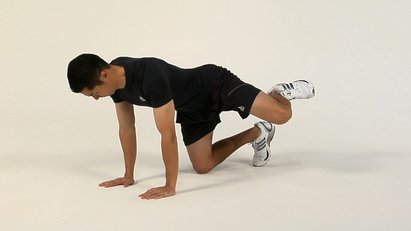
Source: www.coreperformance.com
The double-quadruped hip abduction is a unique hip exercise that strengthens the upper glutes in a hips-flexed position, which is important for activities such as squatting. It takes some practice to get it right, but you’ll definitely like this movement more than the standard fire hydrant exercise that doesn’t involve as much range of motion.
How to Do it?
- Get in position on your hands and knees, with your knees positioned under hips and your arms positioned under your shoulders.
- Shift your weight to sink into your left side without twisting your upper body. As you sink, your right leg hovers off the floor.
- Push both hips outward, lifting your right leg up to the side and feeling your upper glute contract while also shifting toward the right side with your left leg.
- Sink back down into your left hip.
- Slowly lower to the start position and repeat.
- Swap legs and do again.
Tips For Optimum Performance
- Focus on spreading your hips outward as much as possible.
- Do the entire sequence in one fluid motion.
Cable Hip Rotation
The cable hip rotation help you build and strengthen the muscles in your hips that produce a twisting motion, especially the gluteus maximus because it has the best leverage for this pattern. This exercise is incredibly challenging, and many struggle to perform it properly. Once you get it right, it will activate your glutes to amazing levels, and you’ll feel strong and powerful at rotational movements.
How to Do it?
- In an athletic stance, grasp the cable handle with both hands and arms extended out.
- Turn diagonal to the cable, and take a step out to make it taut.
- Keeping your arms straight, swivel at the hips, and twist your body so that the cable is furthest away from your body at the termination of the movement.
- Slowly lower to the start position and repeat.
- Swap legs and do again.
Tips For Optimum Performance
- As you rotate, your front hip will turn inward while your back hip will turn outward.
- Keep your arms out in front of your body to maintain a good lever length throughout the motion. Don’t let the cable get too close to the body or tension will diminish.
- Rotate at the hips, keeping your core in neutral.
- Push through the glute as you turn, getting a nice squeeze at the end of the movement.
- Slowly lower to the start position and repeat.
Click here to read the last part of the glute training guide. Don’t forget to miss first part and second part that are also important to go through.
